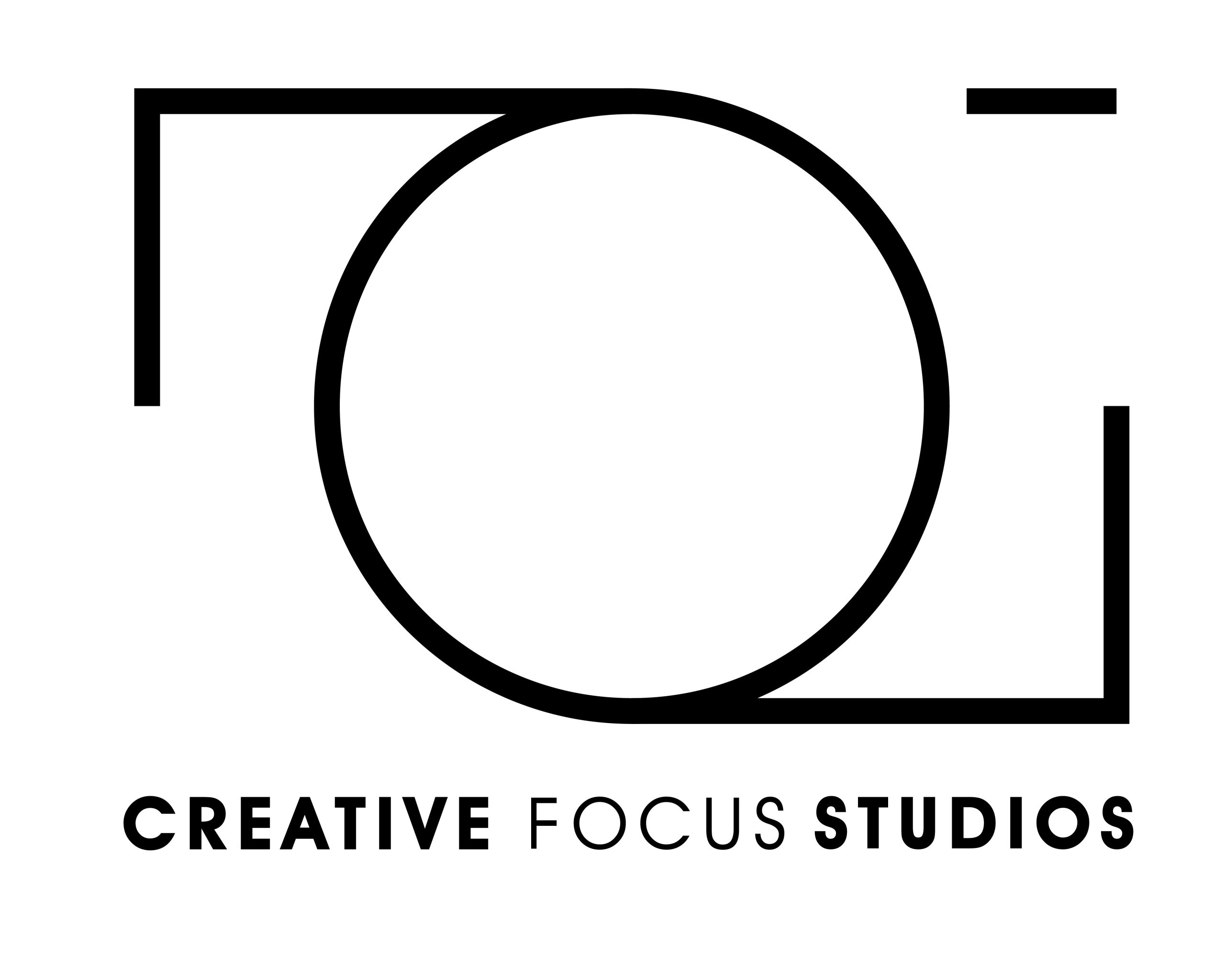
In this era of eatable content, bring your brand to life and deliver it to a hungry audience with bespoke high quality food photography.
At Creative Focus Photography Studio, we are passionate about food and the way people connect with it. It’s this passion that allows us to capture the essence of the food for clients. We have extensive experience in photographing food for cookbooks, websites and blogs, restaurants and caterers, food and beverage brands and marketing agencies across the Gold Coast.
So, whether you’re a start-up looking for a solid set of photos to kick-start things, or an established brand looking to take your food photography to the next level, Creative Focus Photography Studio can design a food photography solution that meets your needs.
Why You Should Hire a Professional Photographer?
To many people, it seems easy to photography a plate of pasta or dessert. They think why I need to spend money when I can do it myself on my phone. But not only is it about image quality, but you also need special lighting, quality lens, skills to work with them and, of course the artistic and creative taste.
Easy Steps to Follow When Booking a Food Photographer
To make life easier for yourself and your photographer, create a mood board. Pick the images that showcase how you want your food shot, the desired style and mood. For some great ideas, visit Pinterest for example. Type in “food photography examples” and pin the works that you like. This will ensure that both you and your photographer are on the same page when it comes to look and feel that you are trying to achieve.
Where Will You Use the Food Photographs?
Food photography suitable for a restaurant menu or calendar are different from photos for advertising or website. They differ in many ways, for example, composition, mood, aspect ratio, lighting.
For different purposes and media, you will need different types of photography. For example, horizontal photos on a white background for food menus, vertical photos in the interior of the restaurant for advertising, square photos for Instagram, lifestyle photography’s for magazines. Photography for social media can also be used in the design of brochures or, to create a poster. Always consider the variety of options that you will be using the photos for. This ensures that you get the maximum benefit for your money.
Atmosphere and Style?
Explain to your photographer what emotions the photos should evoke, what atmosphere they should convey. What details should be highlighted? For example, if food is served a different way, or if there is a richness in colours, ingredients, and freshness? Dairy products for instances, look good in a simple environment, cocktails look interesting in the light of neon lamps or lights.
Where will the photo shoot take place? Who is going to cook? Do you need additional specialists and services? (Food stylist, designer, props, special equipment).
If the shooting takes place in a restaurant, make sure the area where the photographer can place the equipment and setup has enough space. Listen to photographer requirements: if he needs natural light, free up space by the window.
Also remember that your photo shoot can impact your usually daily services, maybe schedule shoot during the times that you aren’t open. If a photographer uses flashes, the bright light will annoy guests and waiters.
Choose carefully, approved edible and inedible props for food photography. Decide which coloured napkins to use, plates, vegetables, herbs, what interior details should be in the frame, like the restaurant signage, kitchen etc..
Should a plate be in the frame, or do you need close-ups of the dish?
If you need a macro photo of the dish where you can focus on the smaller details. Explain to the photographer that you do not need a photo of the whole dish on the plate. You might want to just show only the cut of the cake for sample and the layers of which it consists of.
Experiment With Different Heights
Experiment with height and creating different levels. Maybe us a cutting board to prop up some of your scene. Place something on a cake stand or use glasses in different heights.
You don’t even have to go high, placing things on a wrinkled kitchen towel, can create texture and breaks things up by creating visual differences or layers. Adding height can create a natural frame that you can work off, especially if shooting straight on or at different angles.
How many dishes, angles do you need?
The number of dishes you shoot, affects the time it takes to prepare, the duration of the shooting, and the budget.
What to include in the frame? What should not be in the frame?
Sometimes it is necessary to include branding in the photo frame, for example, business cards, menus, napkins, etc.
What surfaces or backgrounds do you prefer?
Sometimes style of shooting requires additional backgrounds or backdrops. Decide on what kind background you want to see your dishes on: marble countertop, fabric, wood planks, or just a simple white backdrop and let the food do the talking.
In the end, also remember, a few days before the shooting, make sure that you have the necessary ingredients, the equipment is working correctly, the chef is aware of the photo shoot and has everything prepared and cooked.
Always remember the more information you give the photographer, the higher the chance that they will create exactly the look that you are after.
